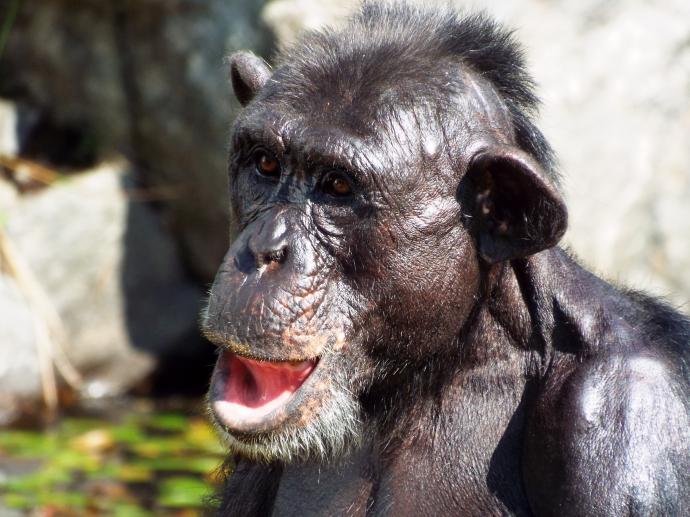Background & Aims
The primate order comprises a wide range of dietary specialists and is thus particularly suitable for comparative studies which can help to explain the evolution of the sense of taste. Such studies have shown that primate species differ considerably in their taste responsiveness to various sweet-tasting substances. Explanations for these differences include the degree of frugivory, phylogenetic relatedness and relative body size, although these hypotheses are not mutually exclusive.
Although chimpanzees have a broad diet, they are primarily frugivorous and are described as ripe-fruit specialists. Research has shown that chimpanzees select fruits that contain relatively high amounts of digestible carbohydrates and prefer foods high in non-starch sugars. It is therefore likely that sweetness is an important criterion for chimpanzees during food selection.
A wide variety of chemical classes including some carbohydrates, amino acids, proteins, sulfonyls, oxathiazines and glycosides are perceived as sweet-tasting by humans despite the fact that mammals have only one type of sweet-taste receptor, the TAS1R2+TAS1R3 heterodimer receptor.
A commonly used way of assessing a species’ sensitivity towards different sweet-tasting substances at the behavioural level is to determine taste preference thresholds. The taste preference threshold of a given substance is the lowest concentration at which an animal displays a preference over water.

The aims of the current study were to:
- Determine taste preference thresholds of West African chimpanzees (Pan troglodytes verus) for a diverse set of both artificial and natural sweeteners of high and low sweetening potency.
- Compare the threshold values obtained with those previously reported in other species.
Responsible for this page:
Director of undergraduate studies Biology
Last updated:
05/06/19
